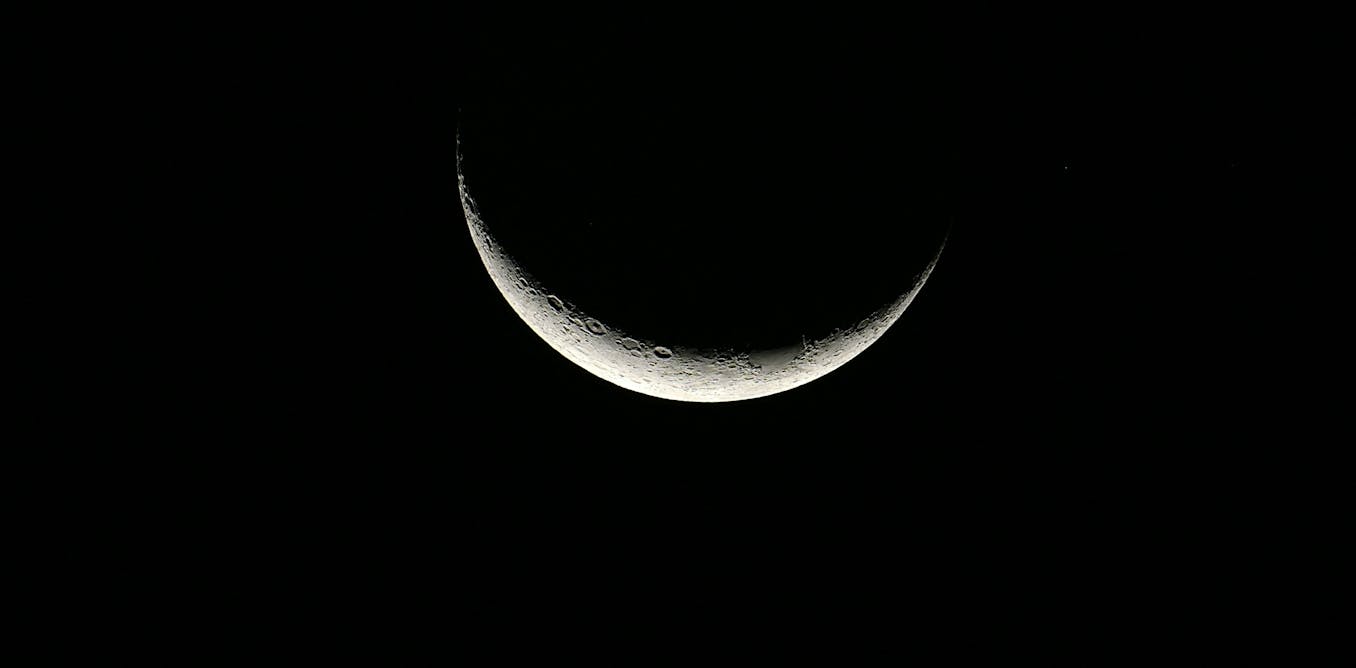The astronomical phenomenon known as a black moon will occur on August 23, 2023. While this term may be unfamiliar to many, it signifies an intriguing aspect of our lunar calendar. Unlike the more commonly referenced “blue moon,” the black moon represents a rare event where a thirteenth new moon appears within a calendar year.
To clarify, neither “blue moon” nor “black moon” are official astronomical terms. Instead, they reflect the discrepancies between the lunar cycle and the Gregorian calendar. The lunar cycle spans approximately 29.5 days, resulting in twelve new moons in most years. Occasionally, this cycle aligns to produce an extra new moon or full moon, leading to terms like “black moon” for the thirteenth new moon.
Understanding Lunar Phases
To appreciate these phenomena, it is essential to understand some basic lunar terminology. A full moon occurs when the Moon’s face is fully illuminated by the Sun, while a new moon happens when the Moon is positioned between Earth and the Sun, rendering it invisible from our perspective. This positioning means that during a new moon, the side of the Moon facing Earth is in shadow.
The concept of a black moon can be defined in two primary ways: by seasons and calendar months. A seasonal black moon occurs as the third new moon in a season that typically hosts four new moons. The upcoming black moon on August 23 falls into this category. The next calendar-month black moon is projected for August 31, 2027.
Conversely, a blue moon is identified as the second full moon within a calendar month. The next blue moon is expected to occur on May 20, 2027, with another calendar-month blue moon following on May 31, 2026.
What to Expect on August 23
Although the black moon itself is not visible, its occurrence invites stargazers to appreciate the night sky. During a new moon, the darkness allows for better visibility of celestial objects. The black moon on August 23 presents an excellent opportunity for observing stars and constellations without the interference of moonlight.
In particular, the Gugurmin, also known as the celestial emu, will be prominently positioned overhead shortly after dusk in the southern hemisphere. Observers in regions with minimal light pollution can also catch a glimpse of the Magellanic Clouds, which are two small galaxies interacting with our Milky Way galaxy. Additionally, planets like Saturn will be visible throughout the night, with Venus and Jupiter appearing on the northeastern horizon just before dawn.
While the black moon may not be a significant astronomical event, it encourages a moment of reflection and appreciation for the wonders of the night sky. As Laura Nicole Driessen, an ambassador for the Orbit Centre of Imagination in Sydney, highlights, “New moons provide us with a unique chance to explore the universe and connect with the cosmos.”
As August 23 approaches, take a moment to look up and experience the beauty of the night sky during this lunar event.





























































